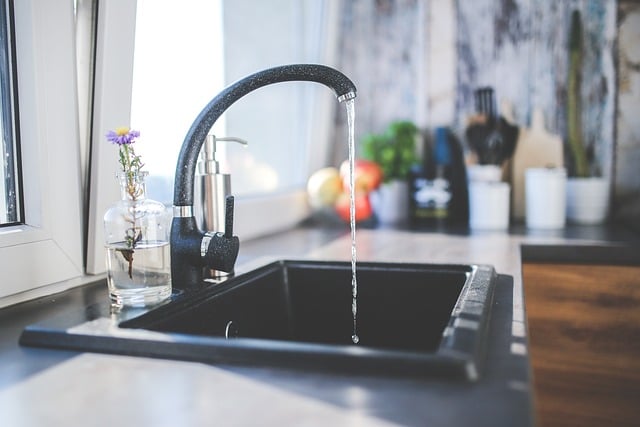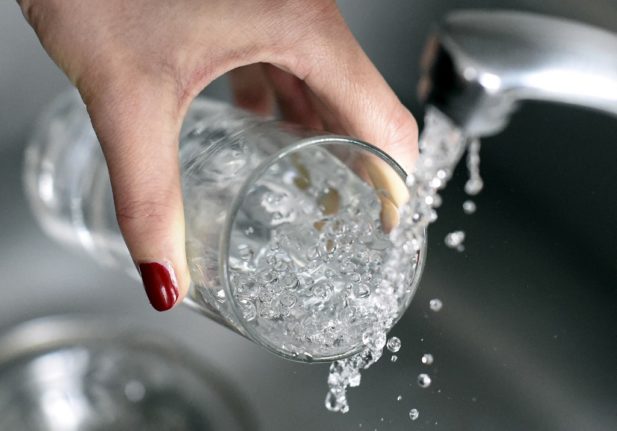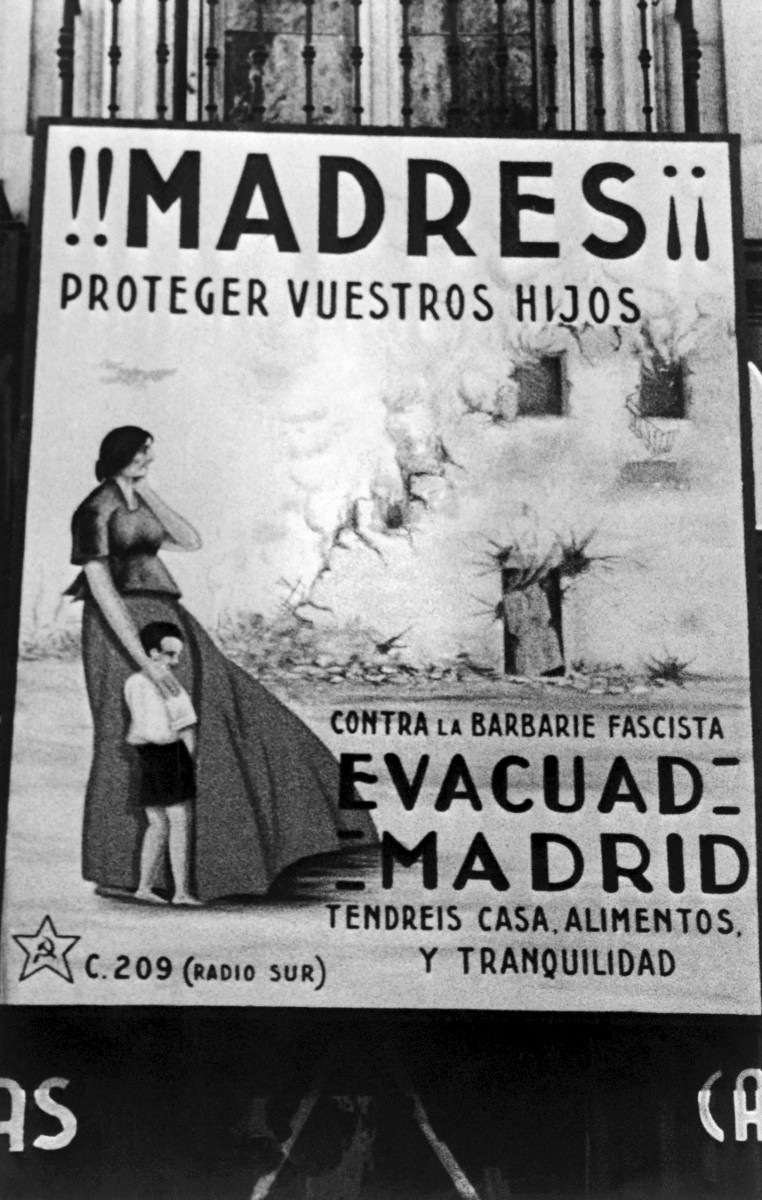A common query of foreign tourists abroad is ‘can I drink the tap water here?’.
Often these kinds of instincts come from memories of over-protective parents on summer holidays, but fortunately for us it isn’t really a relevant one in Spain.
Despite what some overly cautious people might say, at least 99.5 percent of Spain’s water supply is safe to drink, according to the Spanish Ministry of Health.
In Spain there are over 1,200 dams and 100,000 kilometres of distribution network that supplies tap water across the country.
And it is heavily regulated and tested, experts say. According to the director general of the Spanish Association of Water Supply and Sanitation (AEAS) Fernando Morcillo, “it [water] is the food product that passes the most controls.”
Spanish tap water is, simply put, perfectly safe to drink and heavily tested.
READ ALSO: Drought forces water use rethink in Spain
The taste
Reassuring though it is that Spanish tap water is entirely drinkable and regularly tested, it doesn’t change the fact that there can be great variation in the taste depending where exactly in the country you are.
So, why does the tap water taste a little strange in some parts of Spain when it should be odourless and tasteless?
Speaking in general terms, water is collected locally in dams and swamps, and then filtered, chlorinated, and transported to wherever it is going before coming out of our taps.
The local geography of this process – that is, not only where you live but where your water is collected and where it passes through on its way – can have a big impact on how it tastes at the other end.
Water treatment also contributes to making it a ‘heavy’ tap water with hints of chlorine, and when it comes to desalinated seawater, leftover magnesium and sodium are common.
If you ask many Spaniards, they’ll tell you that the tap water is ‘bad’ or worse on the coast.
Tap water in places like Valencia, Alicante and Málaga usually has a chemical odour and taste and many locals prefer bottled water.
Why is that? After the filtering process, water on the way to the coast can pick up more sediment and chemicals. The taste of tap water has a lot to do with the terrain it is collected in and the type of earth and rock it passes through on the way to your house.
Let’s take the tap water in Catalonia, for example, which comes from one of two main sources: the river Ter and the river Llobregat.
The Ter has low levels of contamination, but the Llobregat does not. Therefore, if you drink water somewhere on the banks of Llobregat, it will have more of a noticeable chemical flavour than water from the Lobregat.
Many people who live in Madrid swear they have the best tap water in Spain. Although not quite the best in the country, Madrileños are right that it’s better than most and it comes down to where the water passes through.
Unlike in Catalonia, Madrid’s Sierra de Guadarrama has an advantage over other areas because the stone is mostly made up of granite, which better facilitates the filtration of minerals.

Where the predominant rock in the earth is more calcareous, it will generally taste worse, since limestone is soluble and produces a very ‘hard water’ that doesn’t taste as good. That’s why the tap water in areas such as Alicante, Valencia and Murcia has a worse flavour, plus the fact that they are all coastal areas.
Talking in very general terms, if you were to draw an imaginary line that ran from Andorra diagonally across Spain all the way down to Cádiz, the ‘soft’ or better tasting tap waters will be the north of the line and the ‘harder’ waters the south and east of the line.
There are some exceptions, of course, depending on local geography and filtration processes.
The best and worst
Spain’s consumer watchdog, the Organisation of Consumers and Users (OCU), took samples of the tap water in 62 municipalities across Spain and had them analysed for their degree of mineralization and ‘hardness’, their hygienic quality, and level of possible contaminants. They then produced a report ranking the results.
So, where in Spain has the best quality tap water and which has the worst?
The best
Despite what many Madrileños will tell you, Spain’s best tap water isn’t in Madrid. According to the OCU’s testing, the highest quality tap water in Spain was found in:
- Burgos – Tap water in the northern Castile and León municipality had very few minerals, no lime no contaminants of any kind.
- San Sebastián – Another northern area, San Sebastian in Basque Country has water with very light mineralization and is excellent in all hygiene and pollution parameters.
- Las Palmas – Surprisingly, despite being on an island, Las Palmas de Canarias snuck into the top three.
Generally speaking, and as outlined above, the broader Levant coastal area, as well as the Spanish islands, are generally the areas where locals say the tap water isn’t quite as good.
The worst
And what about the worst?
- Lebanza – In Lebanza, Palencia, the OCU found the presence of E. Coli, an indicator of fecal and recent contamination, and was generally found to have a very poor water quality.
- Ciudad Real: Tap water in the Castilla-La-Mancha city had traces of trihalomethanes, a substance that comes from the combination of chlorine with the organic matter of water during water purification.
- Palma de Mallorca: Hardly surprising as it’s an island, but the water in Palma de Mallorca proved to very hard and very mineralized, which gives a bad taste. The most worrying thing, though, was that the OCU’s testing found that it contained 26 mg/litre of nitrates. Inside the stomach, nitrates are transformed into nitrites, which can cause serious health problems for children.
- Barcelona, Huelva and Logroño: all cities on or close to the coast, the OCU found a high presence of aerobic microorganisms in the water in all three.




 Please whitelist us to continue reading.
Please whitelist us to continue reading.
Member comments